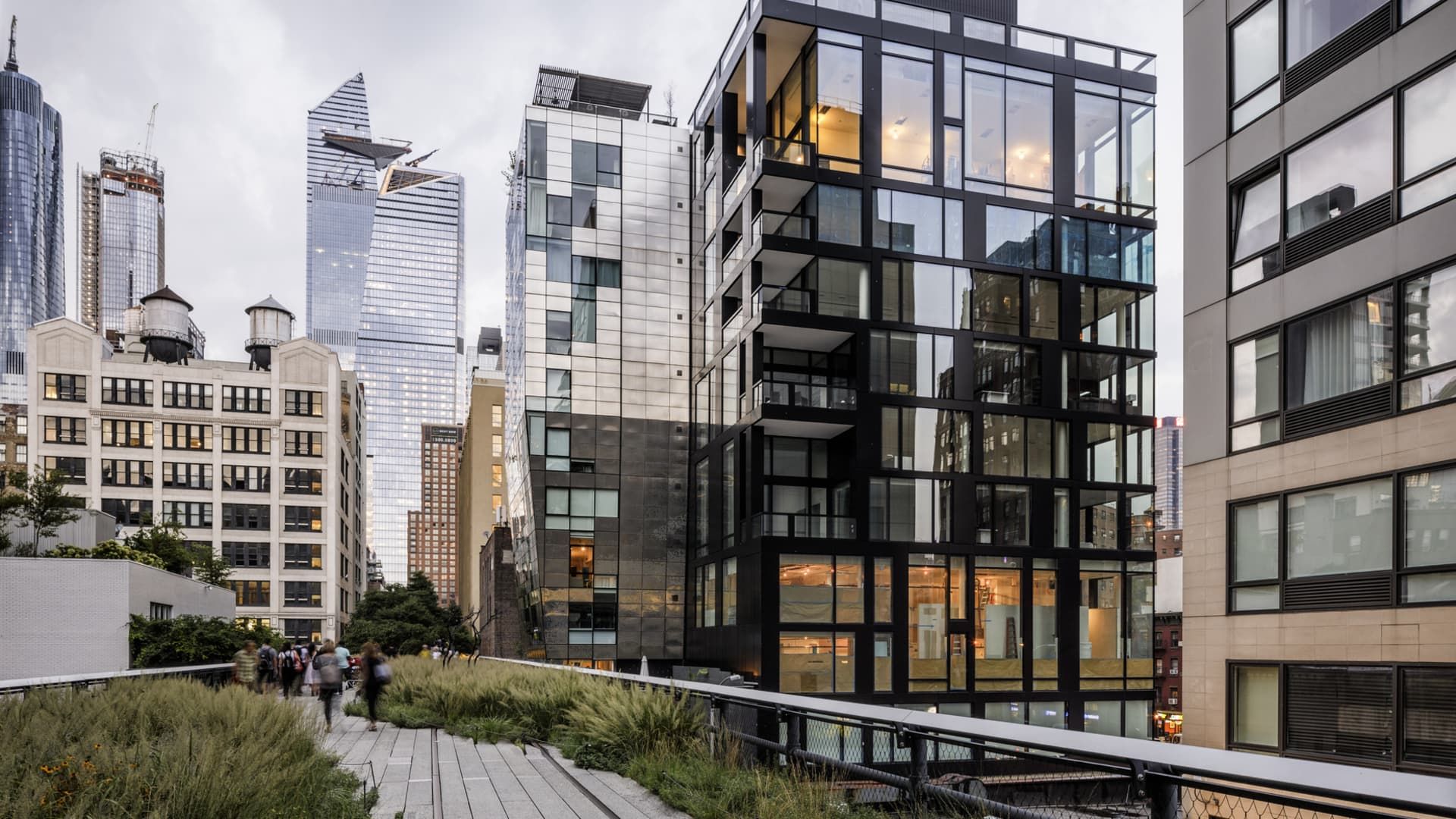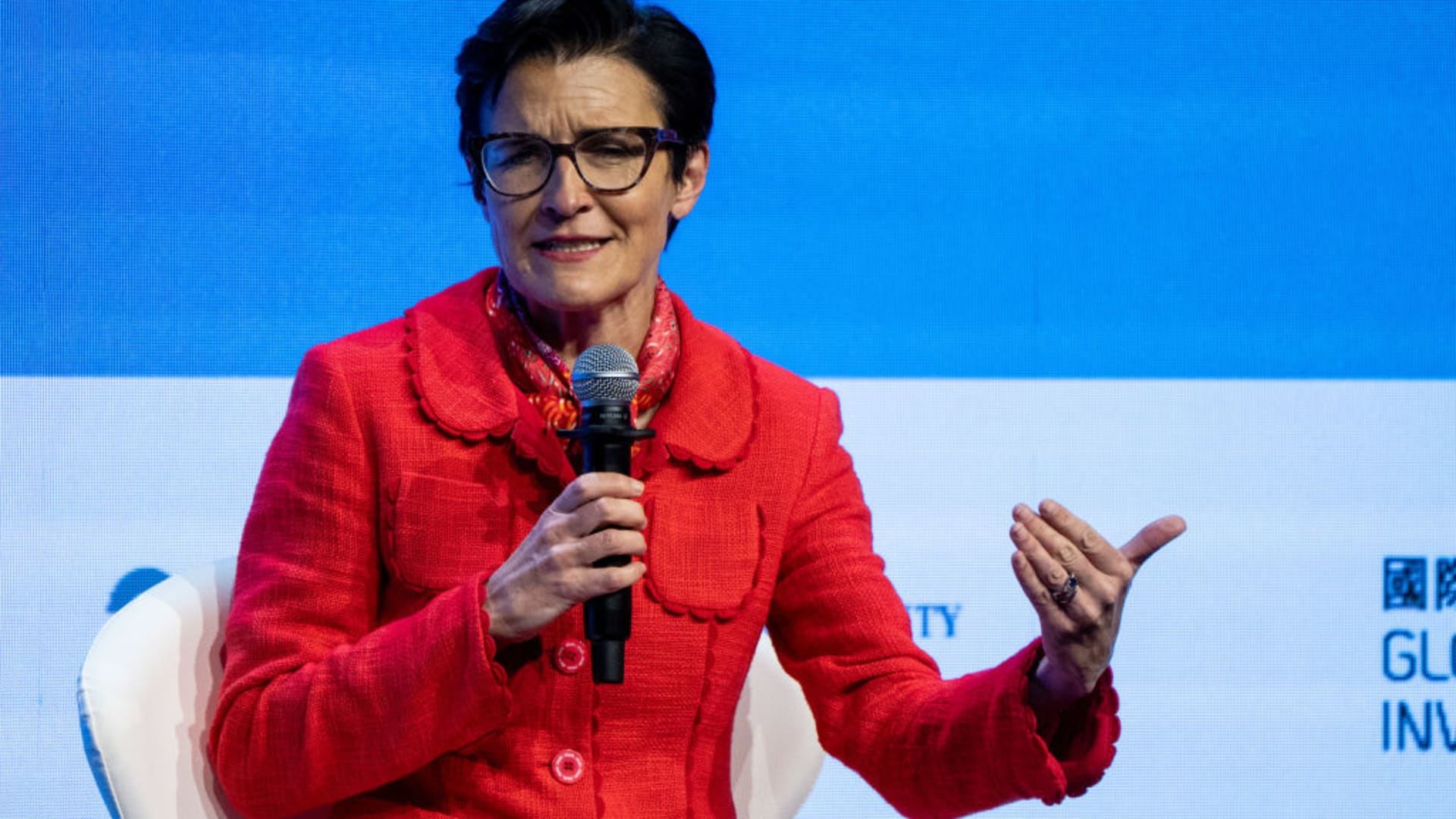A version of this article first appeared in CNBC's Inside Wealth newsletter with Robert Frank, a weekly guide for high-net-worth investors and consumers. Register to receive future issues, directly to your inbox.
More than a third of apartments sold in Manhattan over roughly the past year were sold at a loss, although the top end of the market fared better, according to a new report.
Despite the constant stream of headlines about surprising sales and skyrocketing prices in Manhattan real estate, the median price per square foot of condominiums in Manhattan has been essentially stable for a decade, according to a report by Brown Harris Stevens. According to the report, one in three condo resales between July 2024 and June 2025 were sold at a loss. According to real estate analysts, if inflation, transaction costs and renovations are included, the loss ratio of condo sellers is likely even higher.
While the data does not include co-ops, analysts say co-op prices have generally fared the same or slightly worse than condominiums.
“Over the last decade, Manhattan has essentially moved sideways,” said Jonathan Miller, chief executive of Miller Samuel, the real estate appraisal and research firm.
The long-term price weakness in Manhattan stands in stark contrast to much of the country, where home prices have risen substantially since the pandemic, creating a widespread affordability crisis. According to Redfin, only 2% of home sellers nationwide who bought homes before the pandemic are at risk of selling at a loss.
Manhattan remains among the most expensive markets in the country, especially in terms of square footage. Manhattan's median sales price in the third quarter was $1.2 million, while the average is just under $2 million, according to Miller Samuel and Douglas Elliman. However, in the long term, an analysis of resales reveals that the timing of purchases in Manhattan often matters more than the location.
Condo owners who purchased before 2010 fared the best. Median gains for those in that cohort who sold within the past year or so were between 29% and 45%, according to the Brown Harris report. Prices began to rise after the financial crisis and peaked in 2016. That means that for those who bought between 2011 and 2015, sales gains in the last year were modest, about 11%.
The biggest losers were those who bought after 2016. Half of the buyers who bought between 2016 and 2020 sold at a loss during the period studied. Among those who bought between 2021 and 2024, gains were slim, although some buyers who secured deals during the depths of the Covid recession in late 2020 and early 2021 may fare better.
Adding other buying, selling and ownership costs would further increase losses. Transaction costs in Manhattan can range from 6% to 10%, depending on brokers. Renovations and upgrades are also not counted in the losses, nor are maintenance fees or taxes. Adjusting for inflation would also increase losses and reduce returns.
Stijn Van Nieuwerburgh, co-director of the Paul Milstein Center for Real Estate at Columbia University's Graduate School of Business, said inflation has risen 36% in the last decade.
“So if you had invested in a condo in Manhattan in September 2015 (near the peak) and sold it in August 2025 for the same nominal price, a 0% nominal return, you would have actually lost 36% in real terms,” he said. “This is surprising, since many people consider real estate to be a good hedge against inflation.”
He noted that the national Case-Shiller home price index rose 89% in the 10 years from September 2015 to August 2025, “much better than New York and also much higher than inflation of 36%.”
The reasons for Manhattan's “lost decade” in condo prices are as varied as they are controversial. The limit on state and local tax deductions that began in 2018 put pressure on prices and demand, as did a 2019 rental law. The migration of some higher-income earners to Florida during Covid also increased real estate fears, although population and demand quickly recovered.
The only exception to the trend was the top of the market. Those who bought and sold apartments for $10 million or more made double-digit profits, regardless of when they initially bought them.
Brokers and analysts say the increased concentration of wealth at the top, rising stock markets and relentless demand from those least affected by economic and market cycles have driven continued gains in the luxury market.
“The top end has done better over the decade, especially in, say, the top 4% of the market,” Miller said. “The reason is Wall Street and the financial markets. And the ability to buy with cash, regardless of interest rates.”
Two-thirds of apartment deals made in the third quarter were in cash, Miller said, well above the historical average of about 53% and showing the Manhattan market's continued reliance on wealthy buyers who don't need mortgages.
In a market defined by frequent ups and downs, brokers say the current rally presents an opportunity for both buyers and sellers.
“I am optimistic and have a very positive outlook for New York real estate,” said Jared Antin, CEO of Brown Harris Stevens and co-author of the report. “Although some people may have lost money on the offers [over the decade]The losses were insignificant. It speaks to the blue-chip nature of the Manhattan market. Does everyone want to make money from their real estate? Of course. But this market is incredibly stable.”
Sellers who bought during the fall of 2020 and early 2021 could also profit when they start selling, Antin said.
Still, with median prices hovering around all-time highs and uncertainty surrounding the upcoming mayoral election, many potential buyers prefer to stay on the sidelines and rent, even if they can afford to buy. The number of households in New York City earning more than $1 million a year and renting more than doubled between 2019 and 2023, to 5,661, according to a report from RentCafe.
What's more, signed contracts for high-end apartments (priced at $4 million or more) fell 39% in September, according to Olshan Realty, following increases in August and July. Brokers blame a rapid decline in inventory and a lack of new supply from condo developments rather than a decline in demand or fear that Zohran Mamdani, a Democratic Socialist, will become the next mayor of New York City.
“There is certainly a downside risk to the policy,” Miller said. “But as we've seen in the past, those fears are often exaggerated.”










